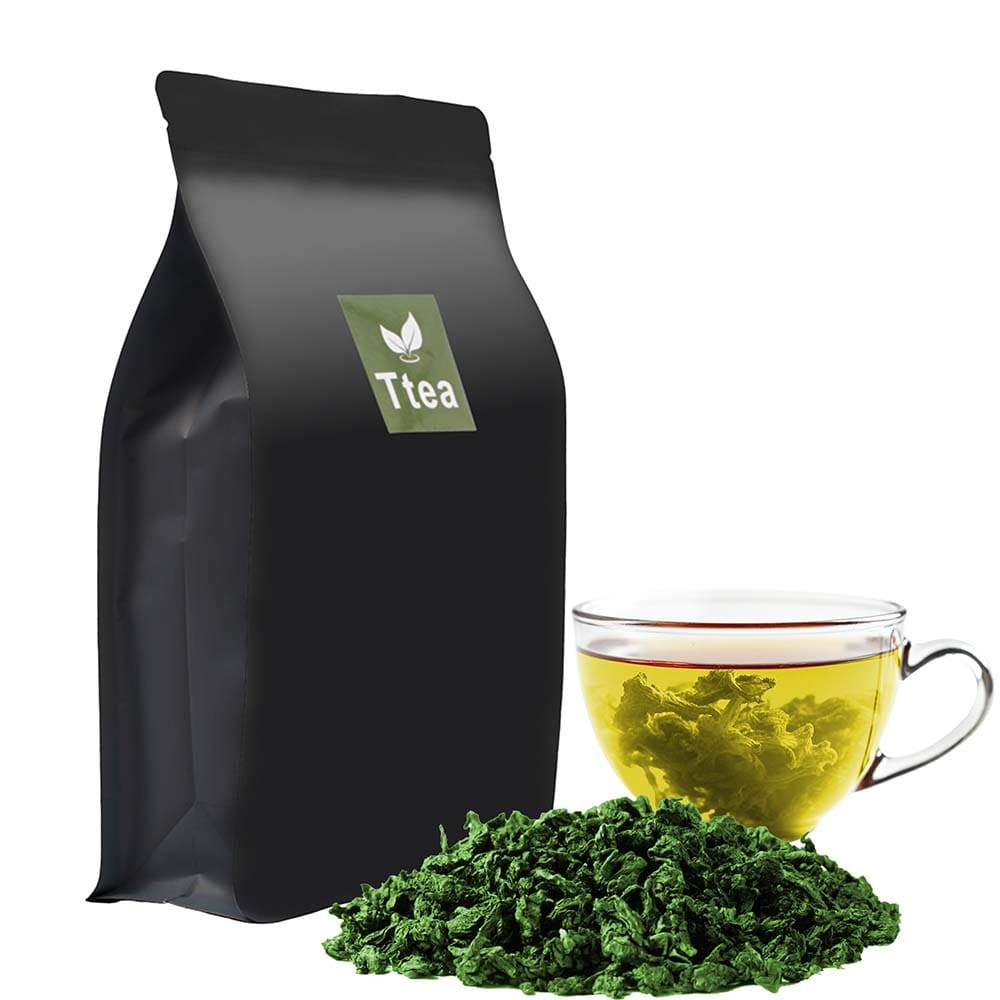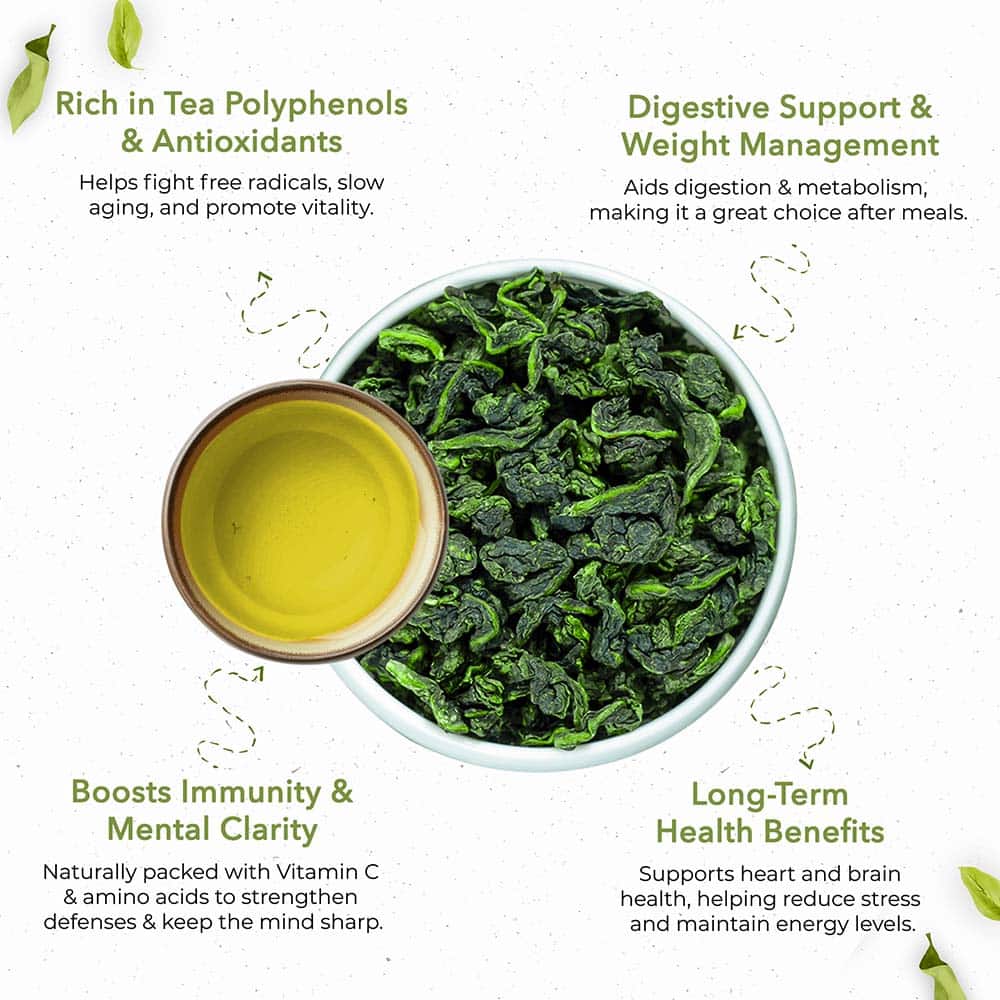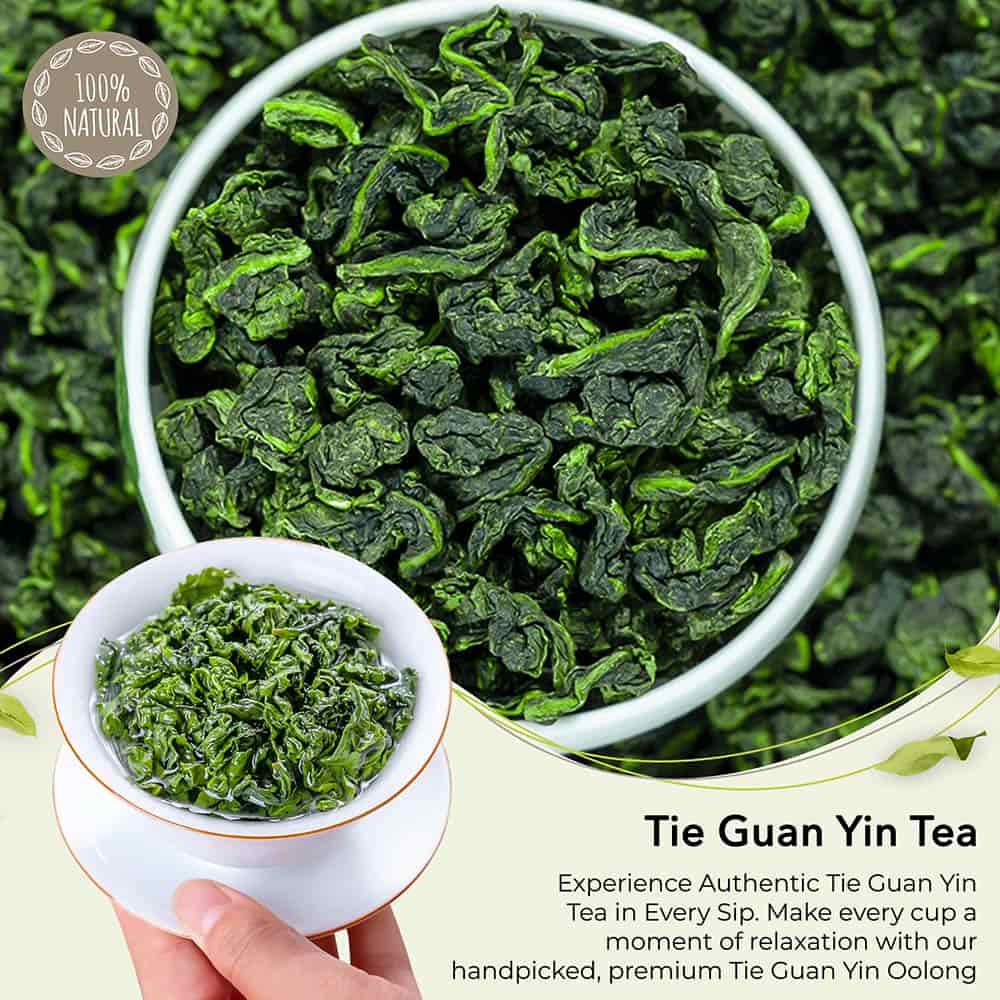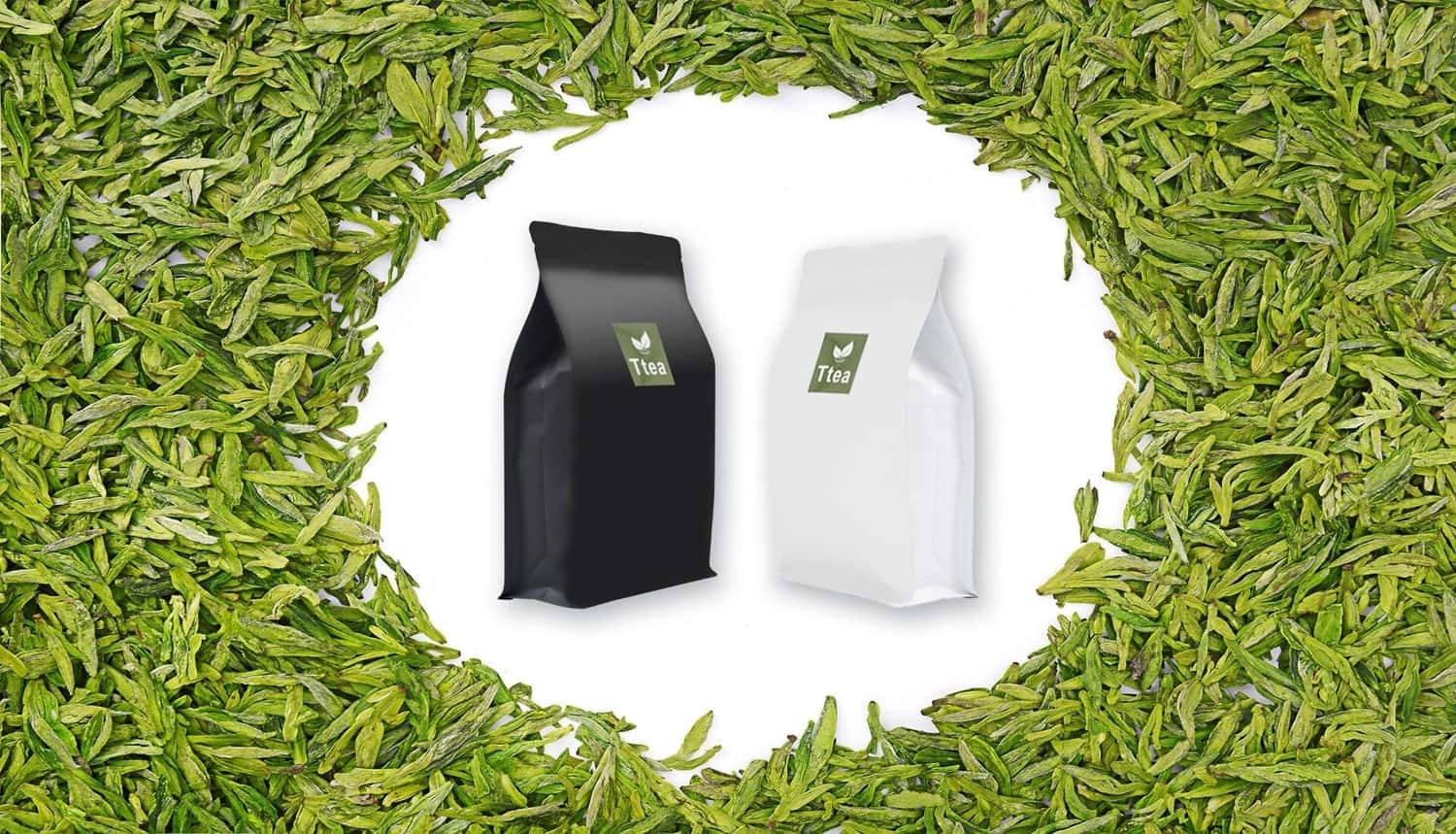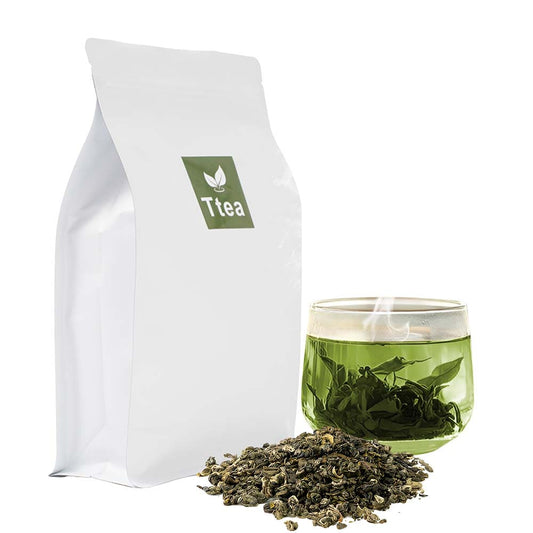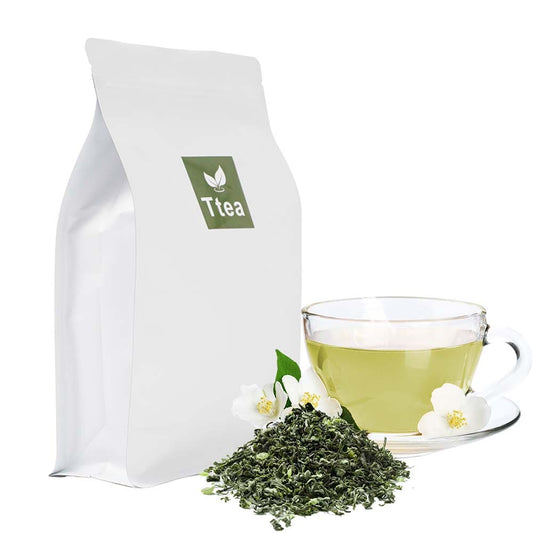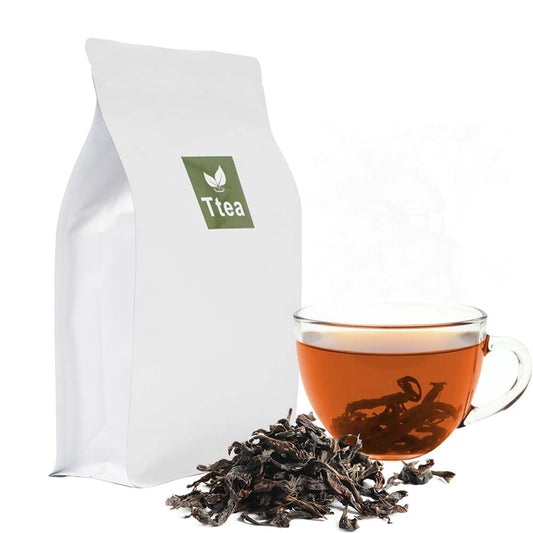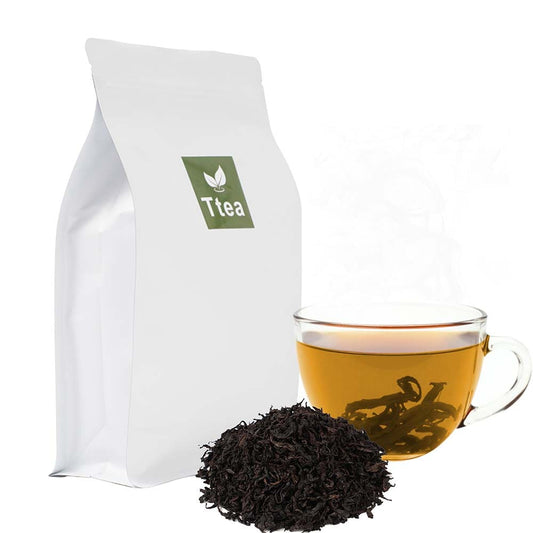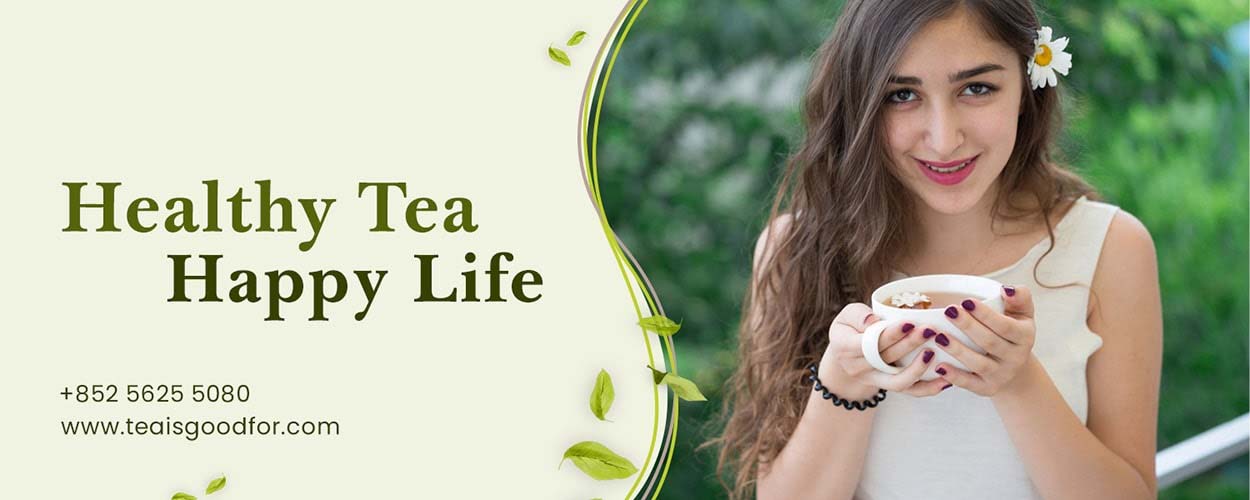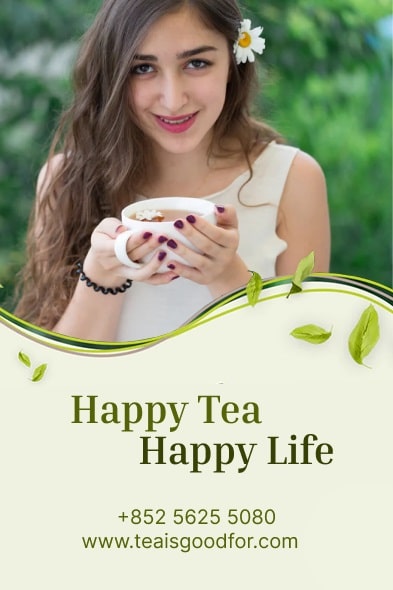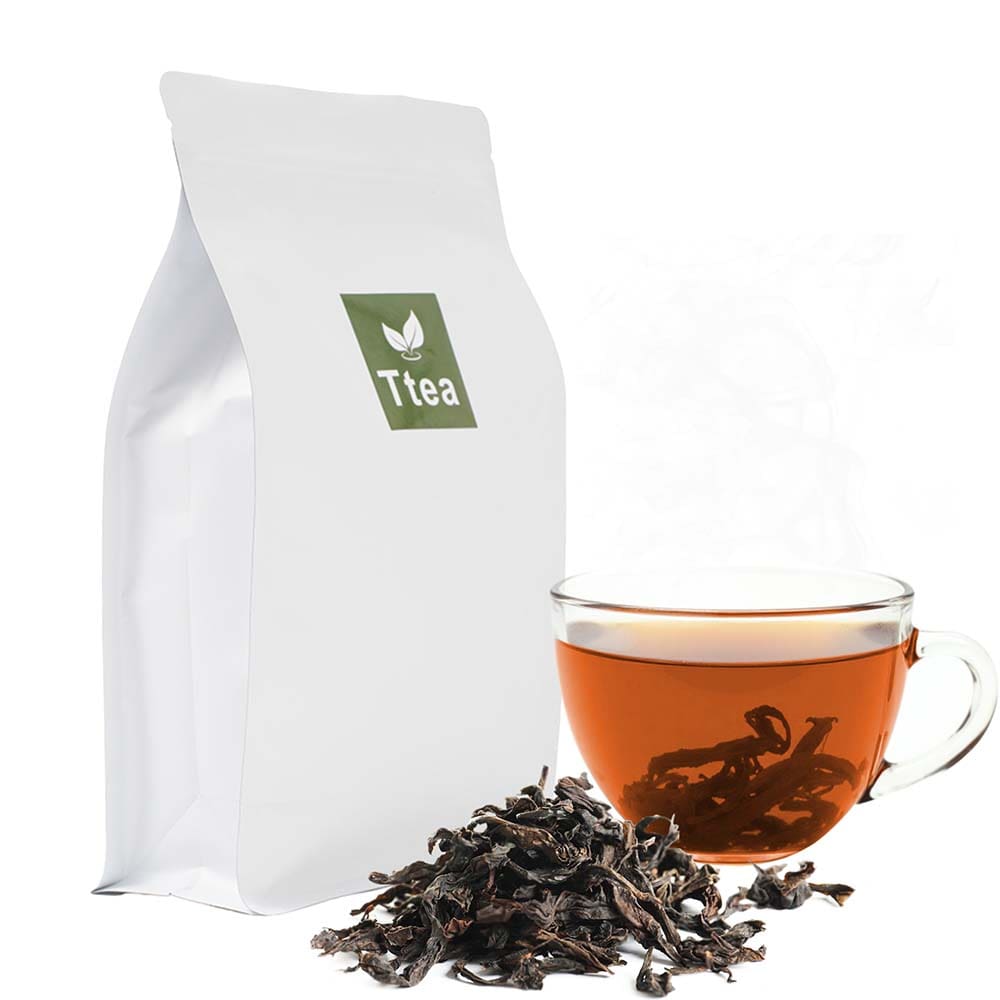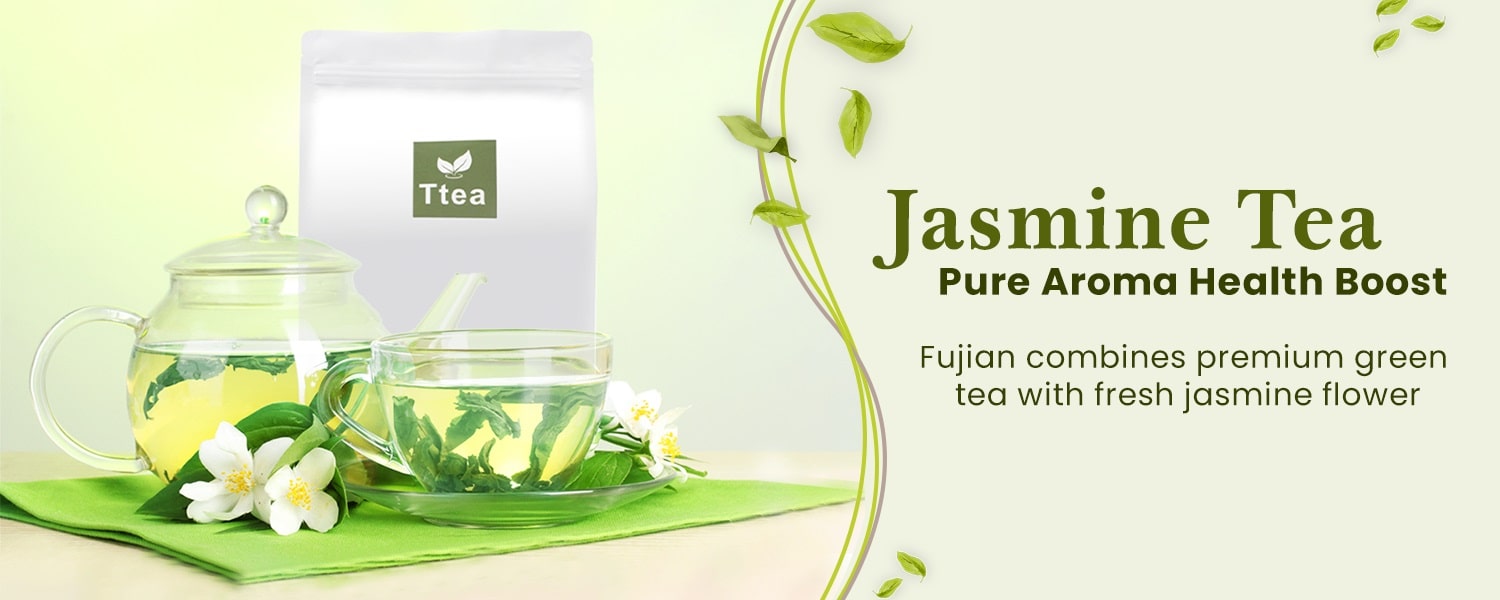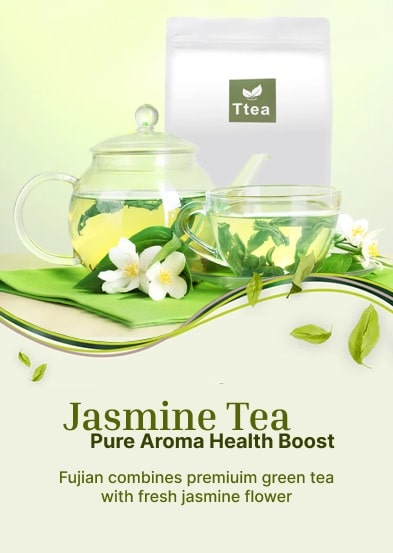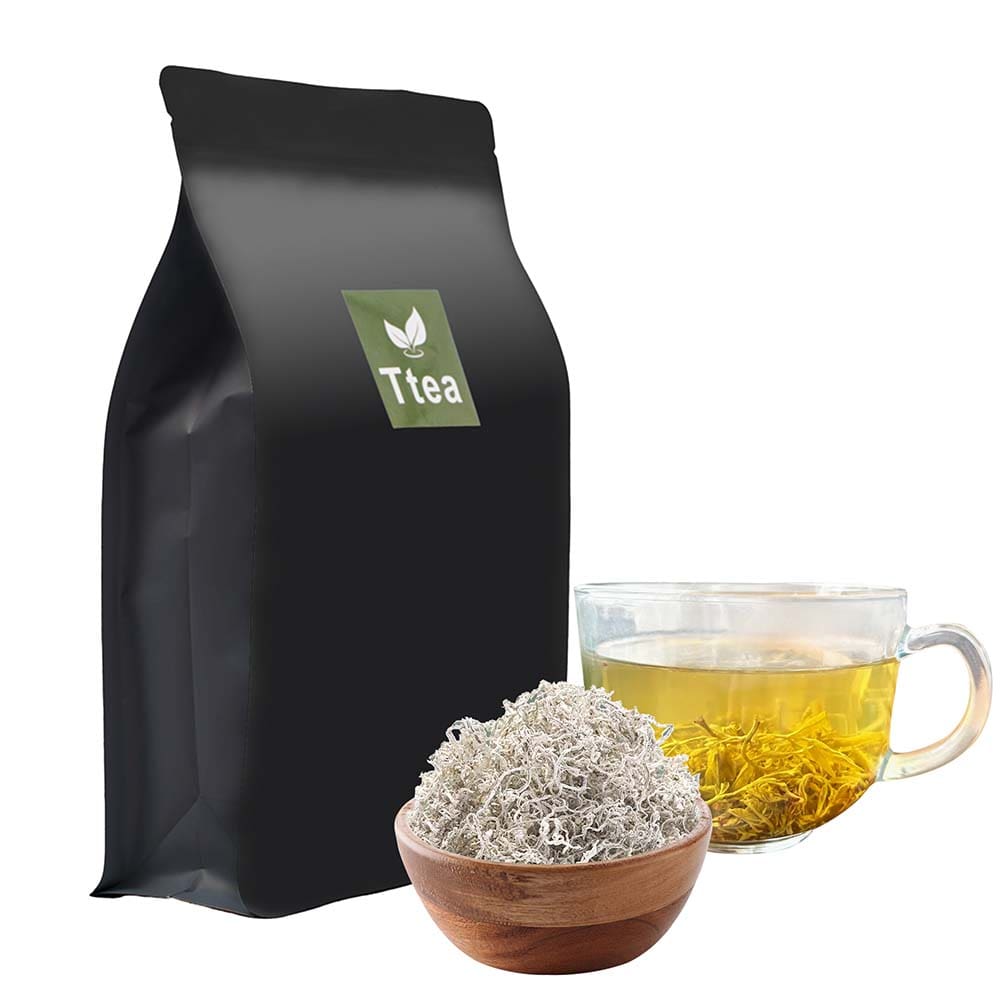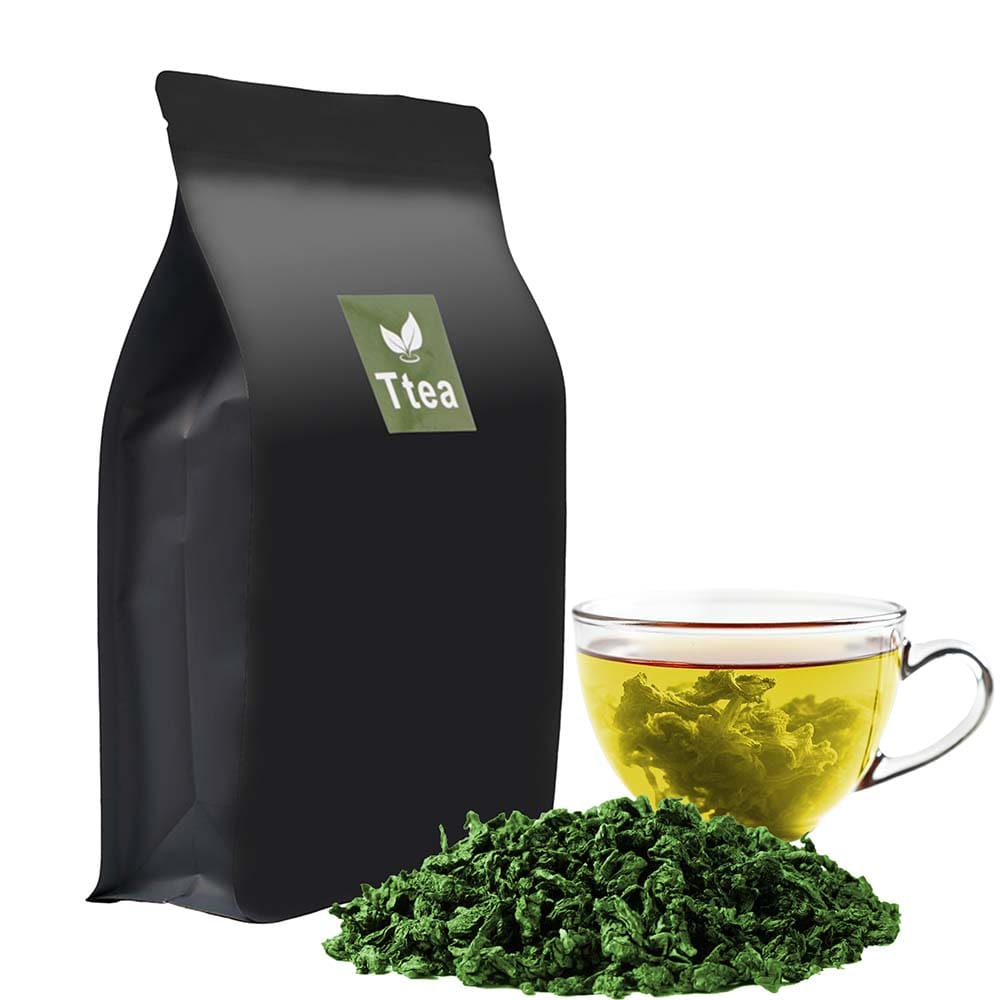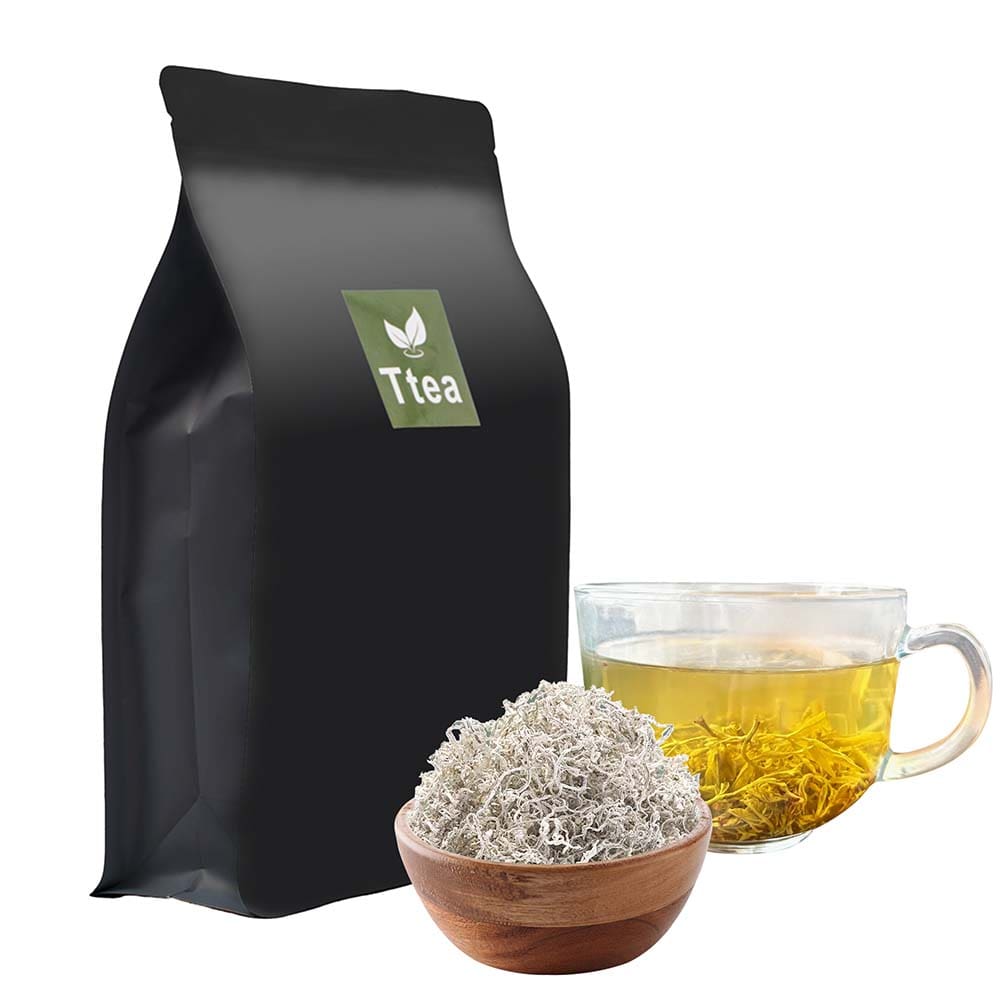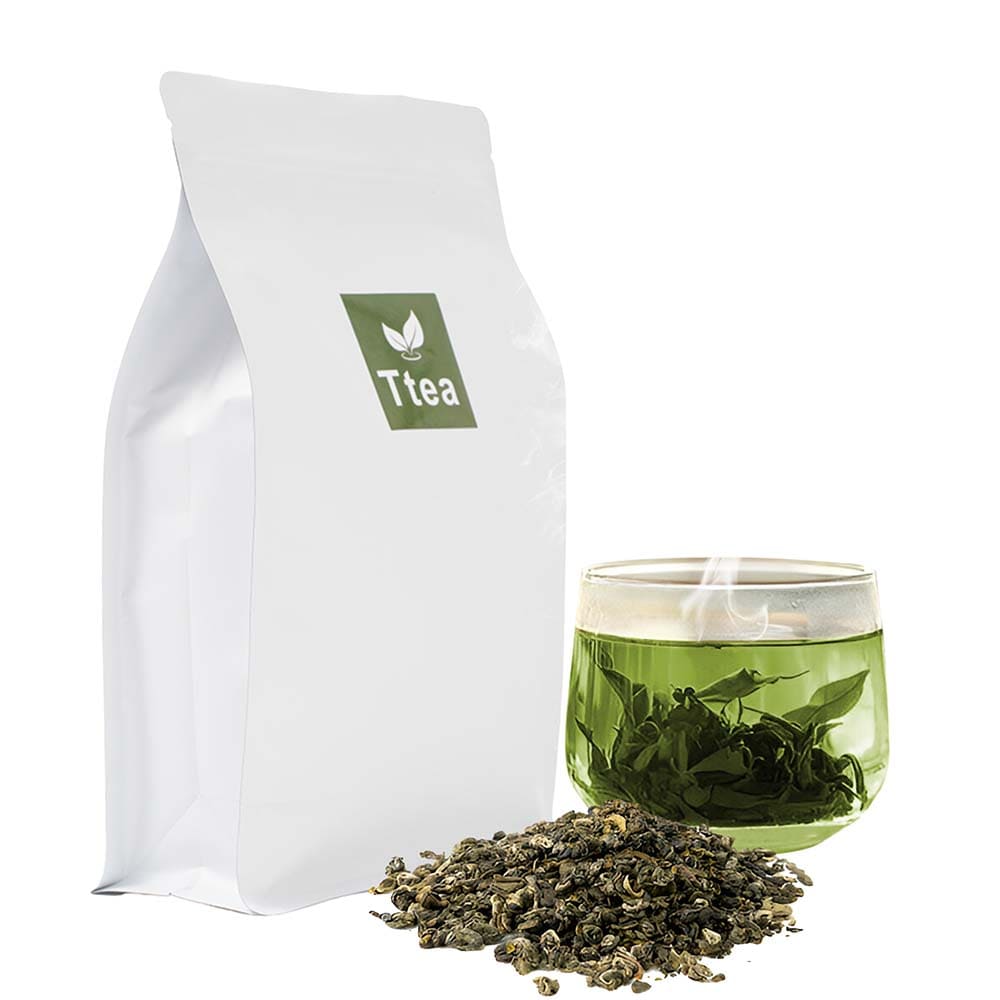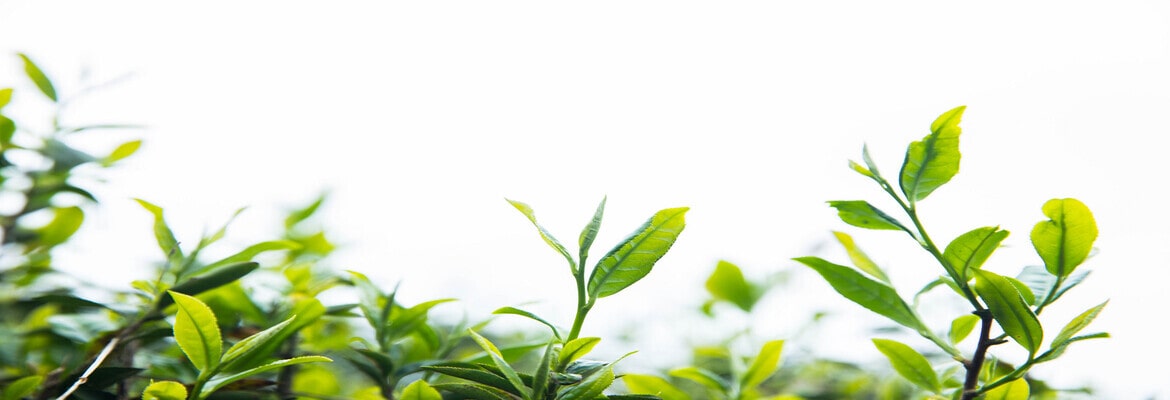Da Hong Pao – Big Red Robe Oolong Tea | Rich, Roasted, and Floral
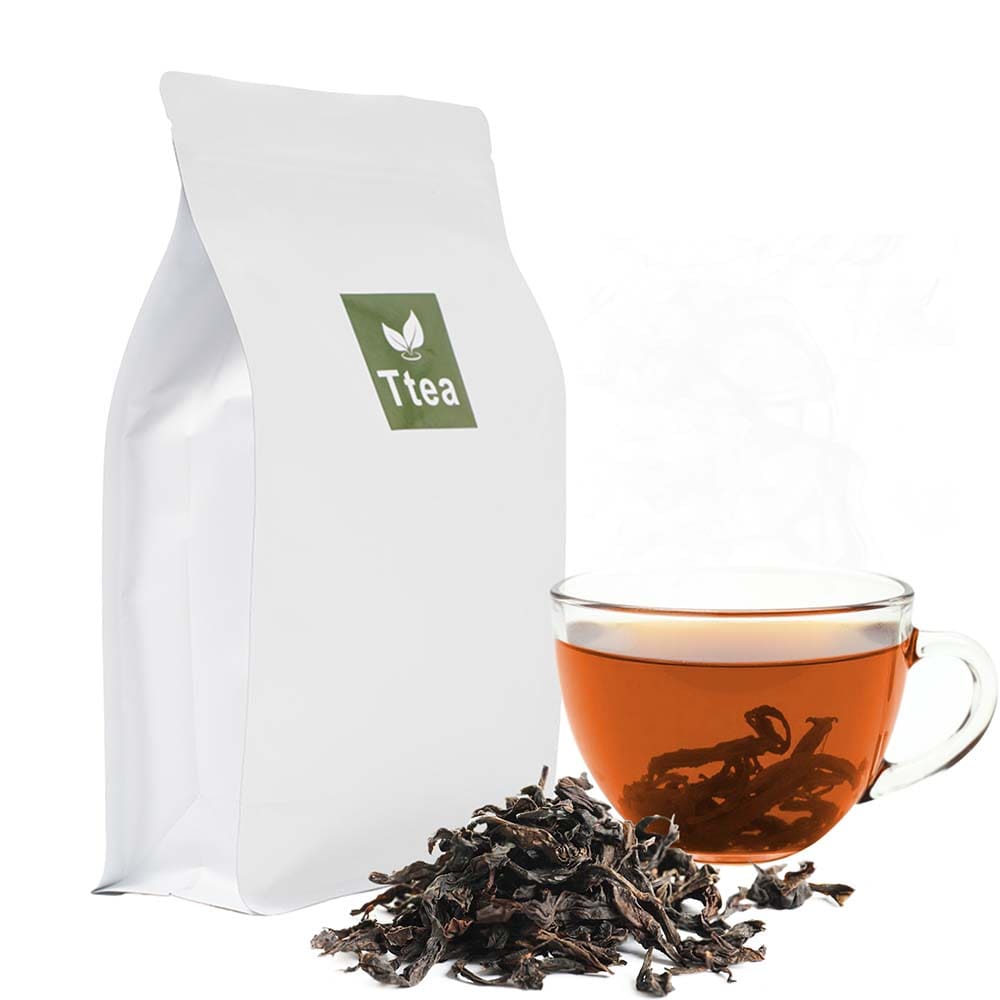
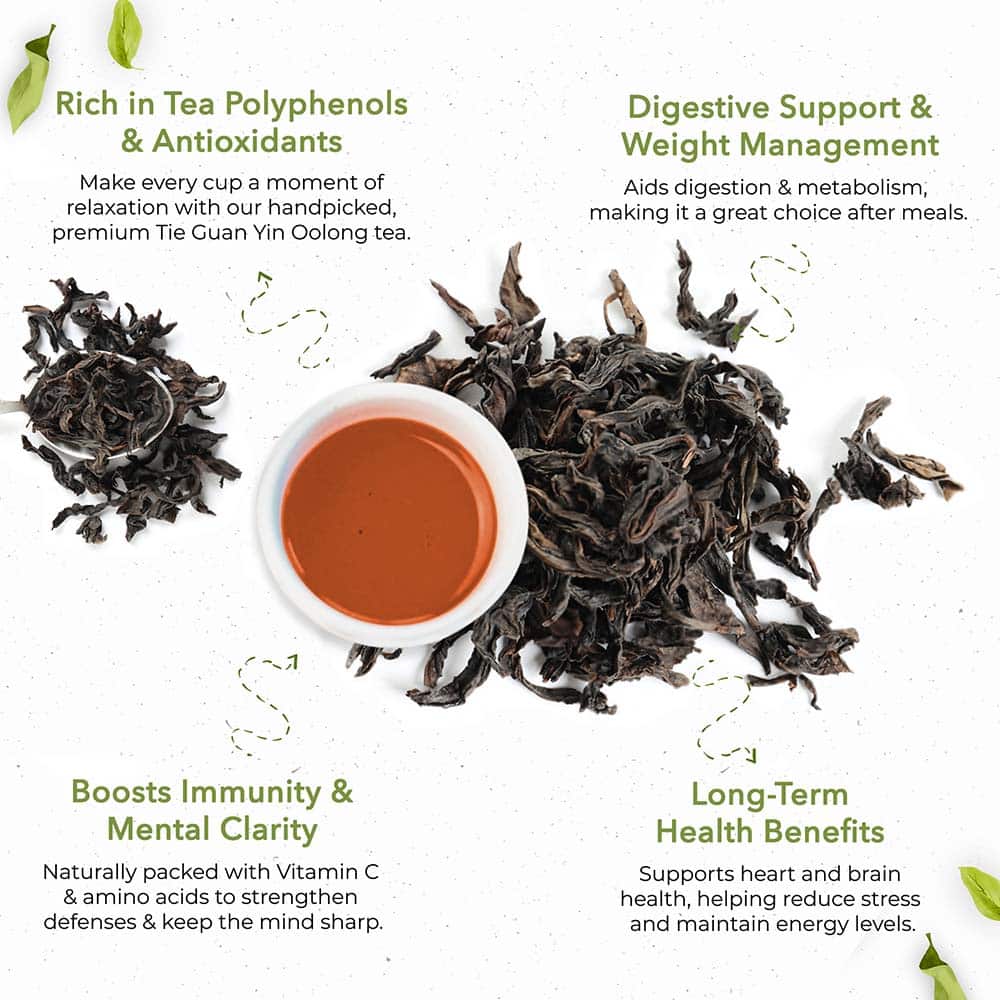
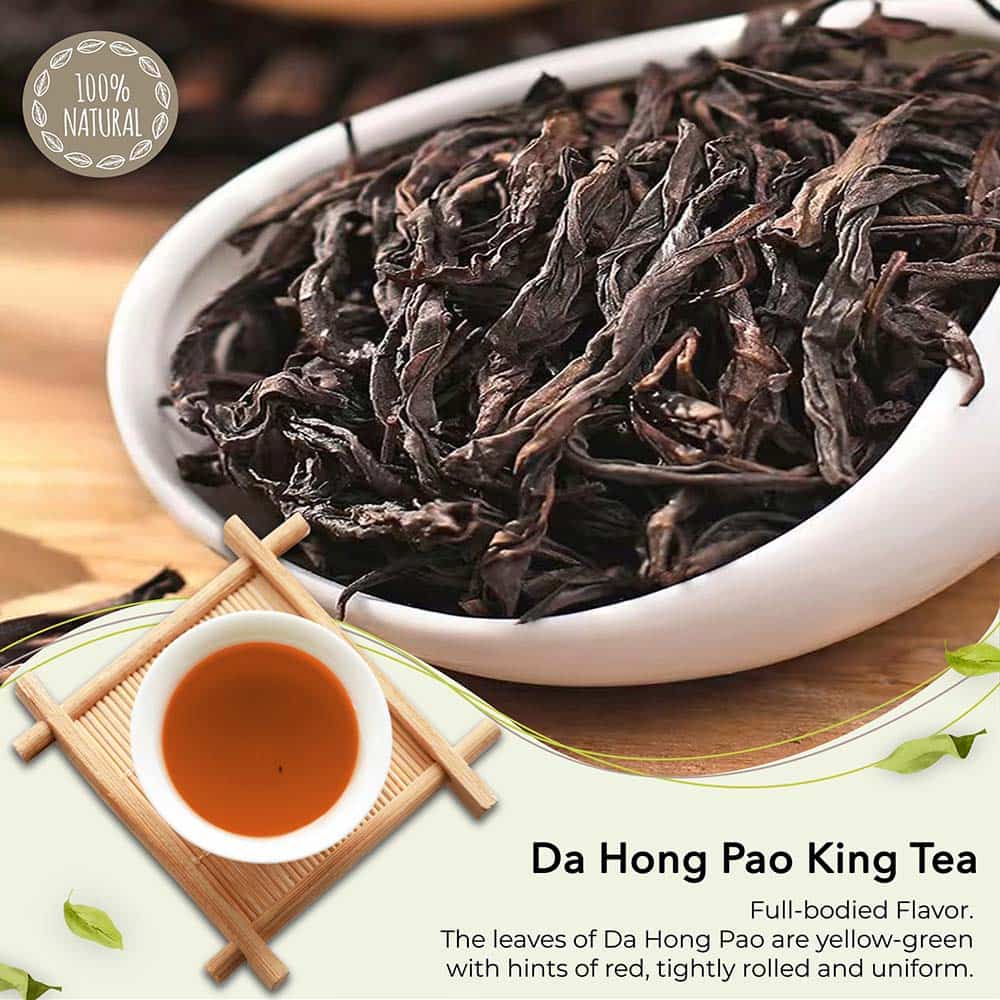
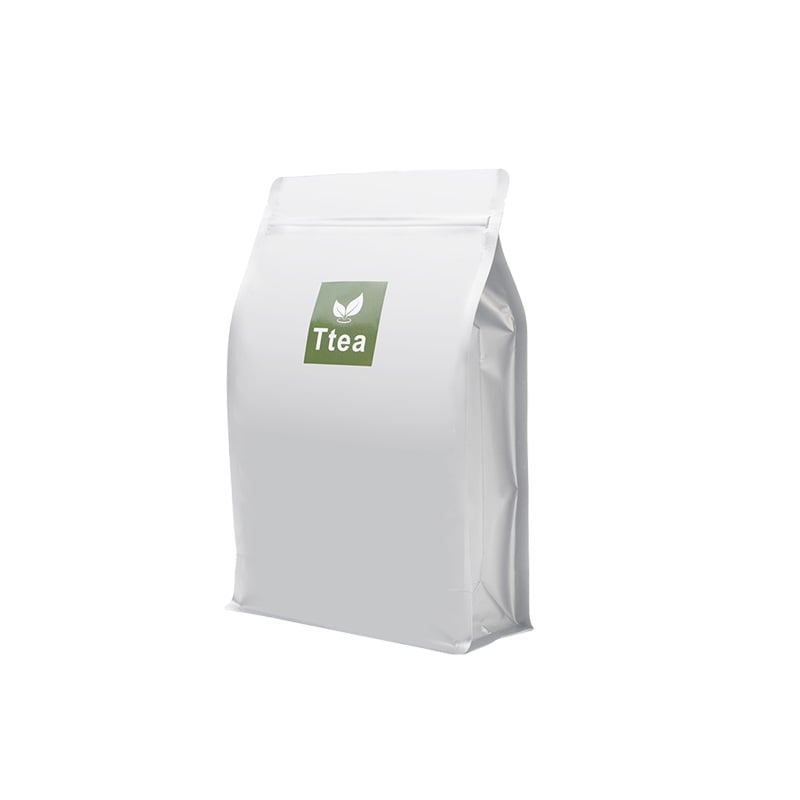
Where does the tea come from?
Our premium teas are sourced from some of China’s most renowned tea-growing regions, each known for its distinct climate, soil, and tea-making heritage. From the misty mountains of Yunnan to the serene hills of Hubei, and the historic gardens of Anhui to the lush fields of Zhejiang and Fujian — each tea reflects the unique terroir of its origin. Whether it’s the depth of Yunnan Pu’er, the subtle sweetness of Zhejiang Longjing, or the light freshness of Fujian White Tea, our selection offers a diverse and rich journey into China’s tea traditions. Enjoy an experience shaped by generations of craftsmanship and the natural beauty of China’s tea regions.
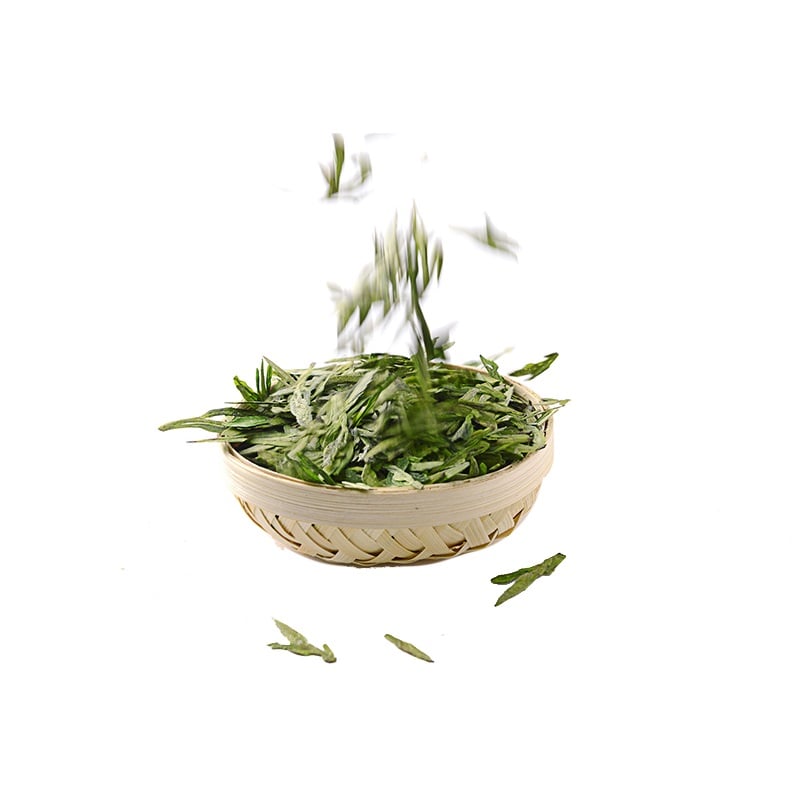
Our Tea Quality Assurance
The appearance of high-quality tea is marked by neatly shaped, intact leaves with a bright, clean color and no visible impurities. Each tea variety follows its own traditional appearance standards. The aroma is natural, fresh, and long-lasting, with no signs of mold or chemical odors. The taste is smooth and well-balanced, offering a refreshing flavor free of bitterness or off-notes. The liquor is clear and vibrant, reflecting the unique color typical of each tea type. After brewing, the leaf bottom is tender, elastic, and uniform, further reflecting the tea’s quality and careful processing.
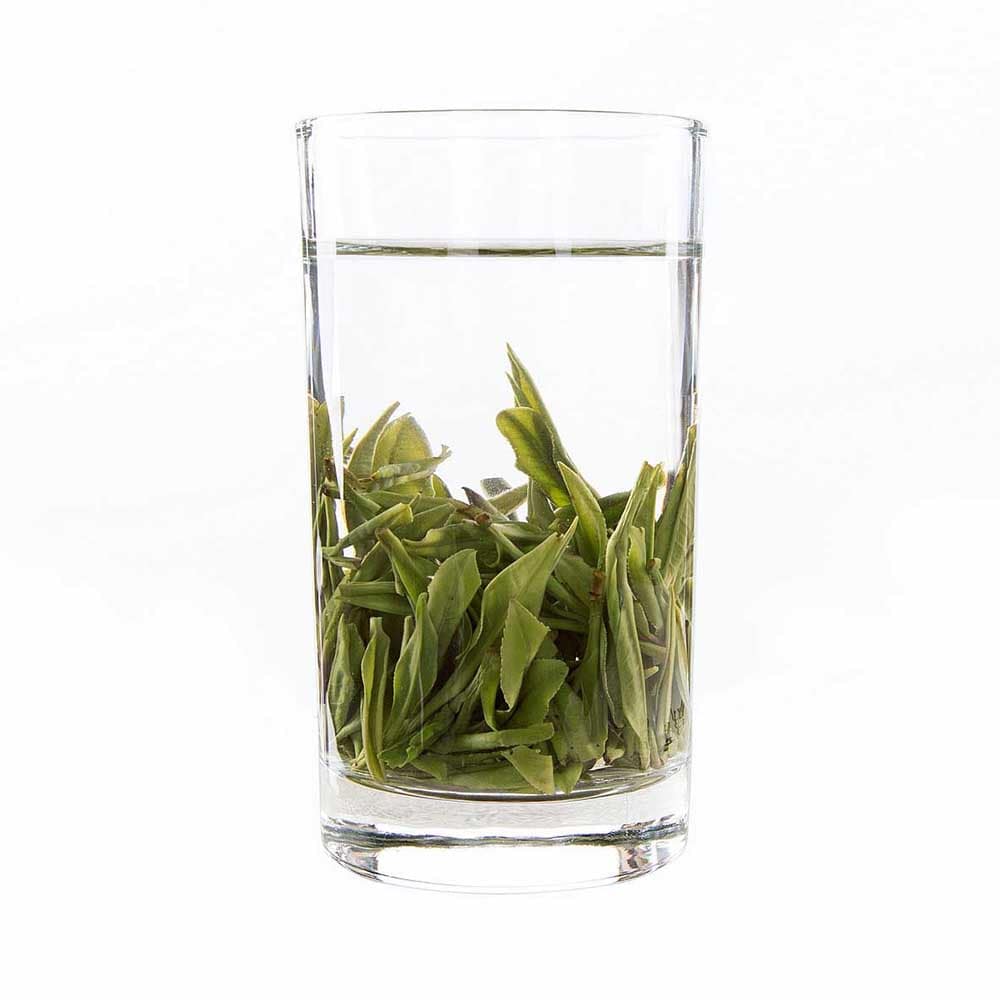
How to brew the perfect tea?
Brewing great tea starts with the right tools and techniques. Selecting appropriate tea ware—such as stainless steel or clay teapots—helps retain heat and enhances the experience of watching the leaves unfurl. The ideal water temperature and tea quantity depend on the type of tea you're using, as extremes in either can alter the flavor. Timing matters too: over-brewing can create bitterness, while under-brewing may result in a weaker taste. Using soft or mineral water can highlight the tea’s natural characteristics. Fine-tune your temperature and steep time based on your preference for a satisfying cup. Click "Learn More" for detailed brewing tips.
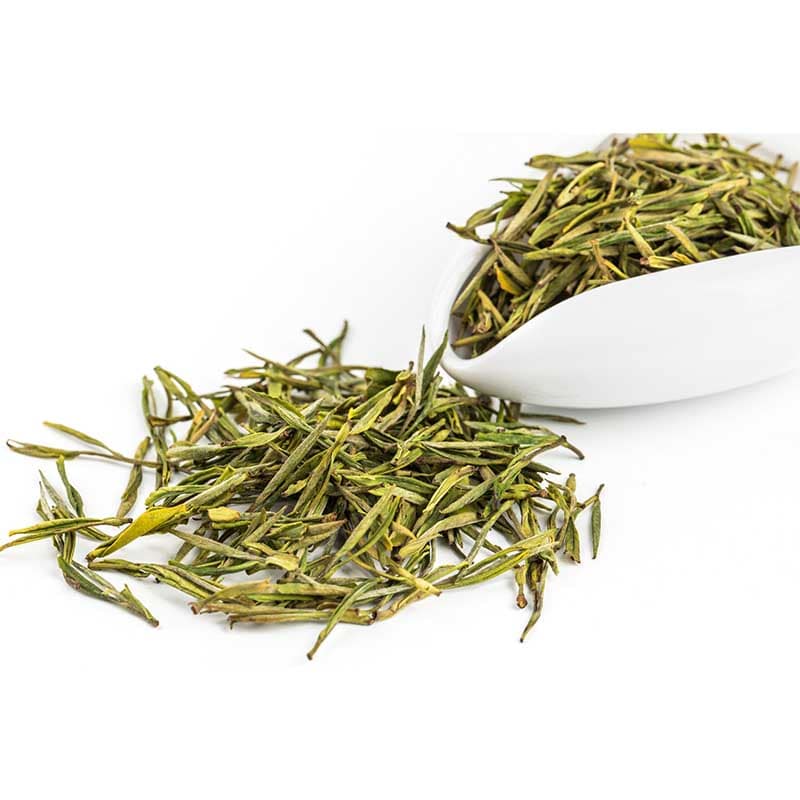
Tea Benefits and Suitable Populations
For centuries, different teas have been enjoyed for their unique flavors and traditional uses. Biluochun is known for its delicate character; Jin Jun Mei is appreciated for its rich taste; Black tea offers a bold, full-bodied experience. Shui Yin is traditionally consumed for its cooling qualities. Jasmine tea has a gentle floral aroma that many find soothing. Da Hong Pao is prized for its deep, roasted flavor. Longjing is celebrated for its fresh, vegetal notes. Berry teas are often enjoyed for their fruity brightness. Osmanthus tea is noted for its fragrant, golden blossoms. Bai Hao Silver Needle is known for its subtle and refined taste. Tie Guan Yin has a balanced, mellow profile, and Sparrow Tongue is admired for its smooth, green freshness.
Teng Tea – Hubei Berry Tea | Naturally Sweet & Fruity Blend

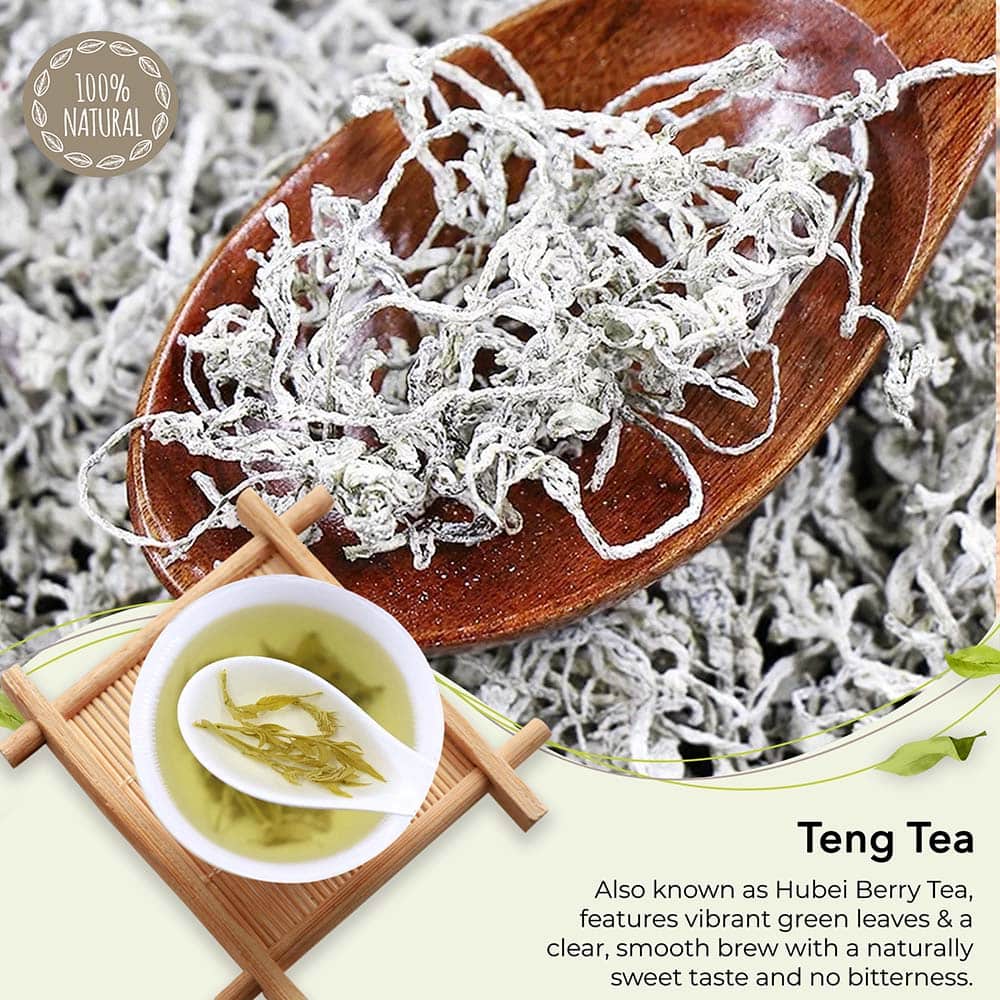
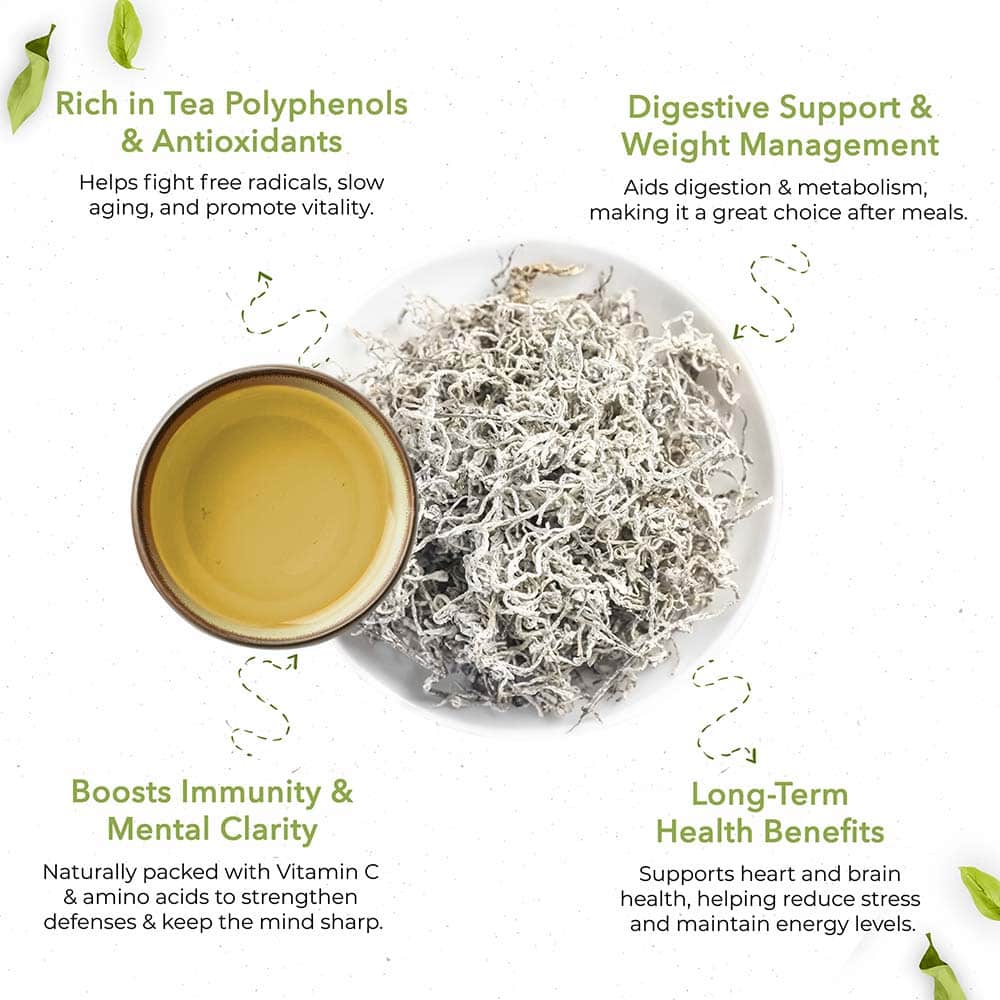
Best Collections
TTEA
Tie Guan Yin Oolong Tea – Traditional Chinese Tea from Fujian
